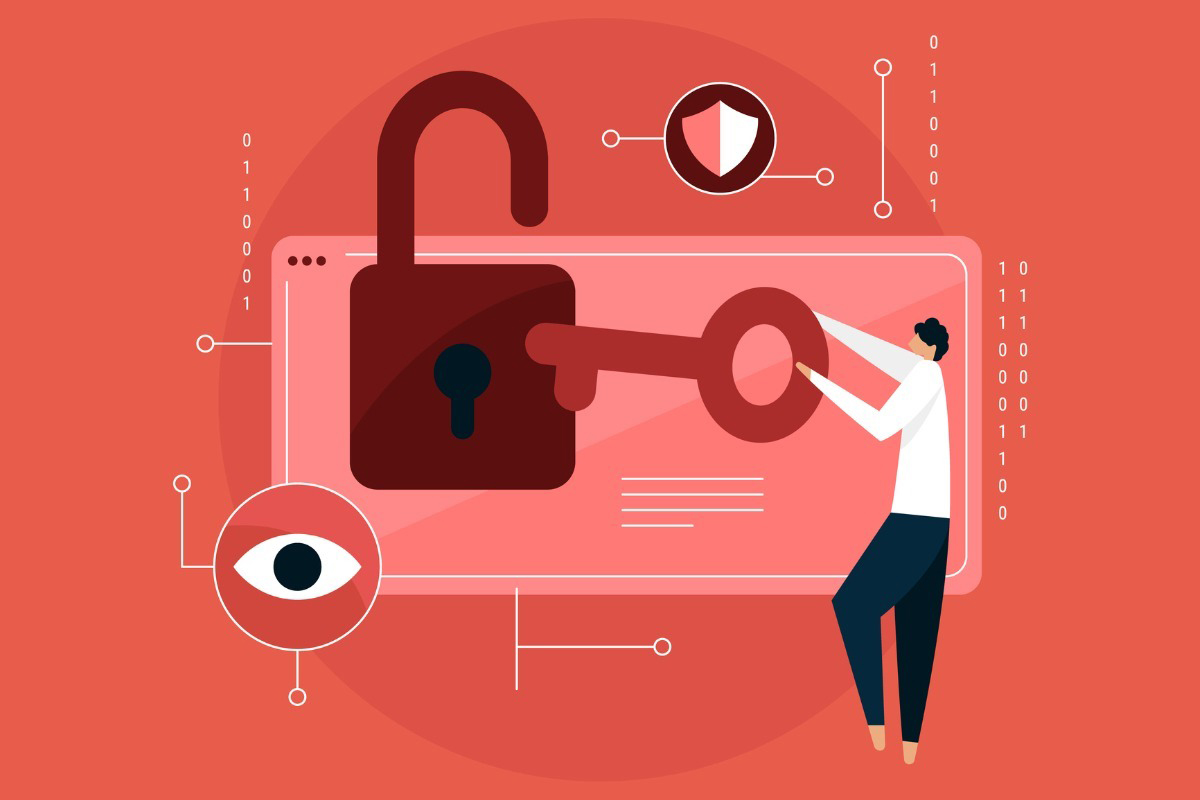Hub Expects Good Retirement Outcomes for American Workers
A solid retirement plan is essential for workers’ financial well-being and may be just as important as health benefits, the firm argues.

The Pension Protection Act (PPA) of 2006 strengthened and expanded the protections provided for workers by the Employee Retirement Income Security Act (ERISA), helping to ensure the long-term financial security of millions of Americans. Almost 15 years later, the Setting Every Community Up for Retirement Enhancement (SECURE) Act gave a further boost to retirement plan sponsors and participants.
According to Hub International’s “2022 Retirement Outlook,” more than half of older workers have saved less than $50,000 for retirement, 40% have saved less than $10,000, and 25% don’t have any retirement savings at all. The firm says it expects Congress to help remedy the situation in 2022 through the Securing a Strong Retirement Act, sometimes referred to as the “SECURE Act 2.0,” which could give retirement plans and employees a “turbo boost.”
While nobody can really predict what Congress will do, it remains likely that the SECURE Act 2.0 will become law in 2022, Hub’s leadership says. Retirement is seen as a bipartisan issue, and the bill includes several impactful provisions, such as the push to lessen the coverage gap, says Adam Sokolic, Hub International retirement and private wealth chief operating officer (COO).
The best place for Americans to save for retirement is the workplace, he says, and the best way to get more people to save is to have more coverage across the country and to make sure small and medium-size business offer retirement savings vehicles to their employees. The SECURE Act 2.0 has various provisions that allow for expanded coverage.
The bill is attempting to make it easier for employers to get over any obstacles they may have in terms of cost and plan implementation, especially for smaller employers in the five- to six-plus employee range, says Jim O’Shaughnessy, Hub International retirement and private wealth president. Allowing people to overcome their own behaviors by having employers provide payroll deductions and retirement savings education is the right path forward, he adds.
There has been a lot of talk about the “Great Resignation” in 2021, but as the firm looks to 2022, Sokolic says employers and industry experts alike are starting to talk about the “Great Retention.” As employers shift their focus to keeping their employees, benefits packages and retirement will play a major role. Having both employers and government officials focused on pushing these issues will lead to good outcomes for the American workforce as it relates to retirement savings, O’Shaughnessy says.
Hub’s research shows only 44% of Americans think they have enough money to keep them funded throughout retirement, but more than half of the workforce says they will likely be job hunting within the next year. The Hub leaders call this a complicated outlook for employers—one that emphasizes the value of a strong benefits package.
The context of employees looking for work in the shadow of COVID-19—reassessing their work, family lives and goals—shows a higher salary might not be as effective to attract recruits as providing generous benefits, such as larger employer matching contributions on workplace savings plans, the Hub leaders argue.
Additionally, O’Shaughnessy says, as younger generations continue to enter the workforce, there is a greater expectation for the employer to provide certain benefits that would have been considered “outside the box” just five or 10 years ago.
All age groups want help to understand what their benefits are so that they can make the best financial decisions in a holistic manner. Looking across the generations, the preferences of workers are evolving. They want help with everything from paying student loan debt to gaining better access to health savings accounts (HSAs), the Hub leaders say.
With all the benefit plan options that are available, most workers struggle to decide where their first dollar should go, O’Shaughnessy points out. He says most employees would like to have the opportunity to talk to an impartial expert who can ask questions and understand a person’s unique situation—and who can help take emotion out of the equation and provide them with personalized advice.
According to Hub, in 2019, 37% of retirement plans offered managed accounts and 63% of participants had access to them, but only 5% of participants used them. As a result of various interrelated forces, Hub’s leaders expect more plan sponsors to offer options such as managed accounts, and that utilization by participants can be expected to increase.
Given the growing importance of technology, O’Shaughnessy says, the industry can expect cybersecurity to continue to become a more important issue. While it is important for customers to worry about their cybersecurity, security breaches at plan custodians and administrators have led to participants’ accounts being hacked and emptied, resulting in litigation against plan sponsors.
Last April, the U.S. Department of Labor (DOL) released new guidance for plan sponsors, plan fiduciaries, recordkeepers and plan participants on best practices for maintaining cybersecurity, including tips on how to protect the retirement benefits of America’s workers. This is the first time the DOL’s Employee Benefits Security Administration (EBSA) has issued cybersecurity guidance.
A much more structured set of cybersecurity practices is being built within the industry, and everyone has a heightened alertness to the issue, O’Shaughnessy says. Service providers are having to answer questions related to the DOLs guidance on a semi-regular basis, and he is seeing plans with more than 100 employees build cybersecurity programs into their annual plan audits.
Hub says that moving forward into 2022, retirement benefits will experience growth and adaptation, thanks to external forces such as the SECURE Act 2.0 and internal decisions that will change how plan sponsors present plans to employees.
You Might Also Like:

LeafHouse, iJoin and ARS Launch Managed Account With Lifetime Income TDF

Key SECURE 2.0 Provisions to Look Out for Right Now

Judge Rules for Molina, flexPATH in ERISA Case
« Boston Children’s Hospital Latest Target of ERISA Excessive Fee Suit